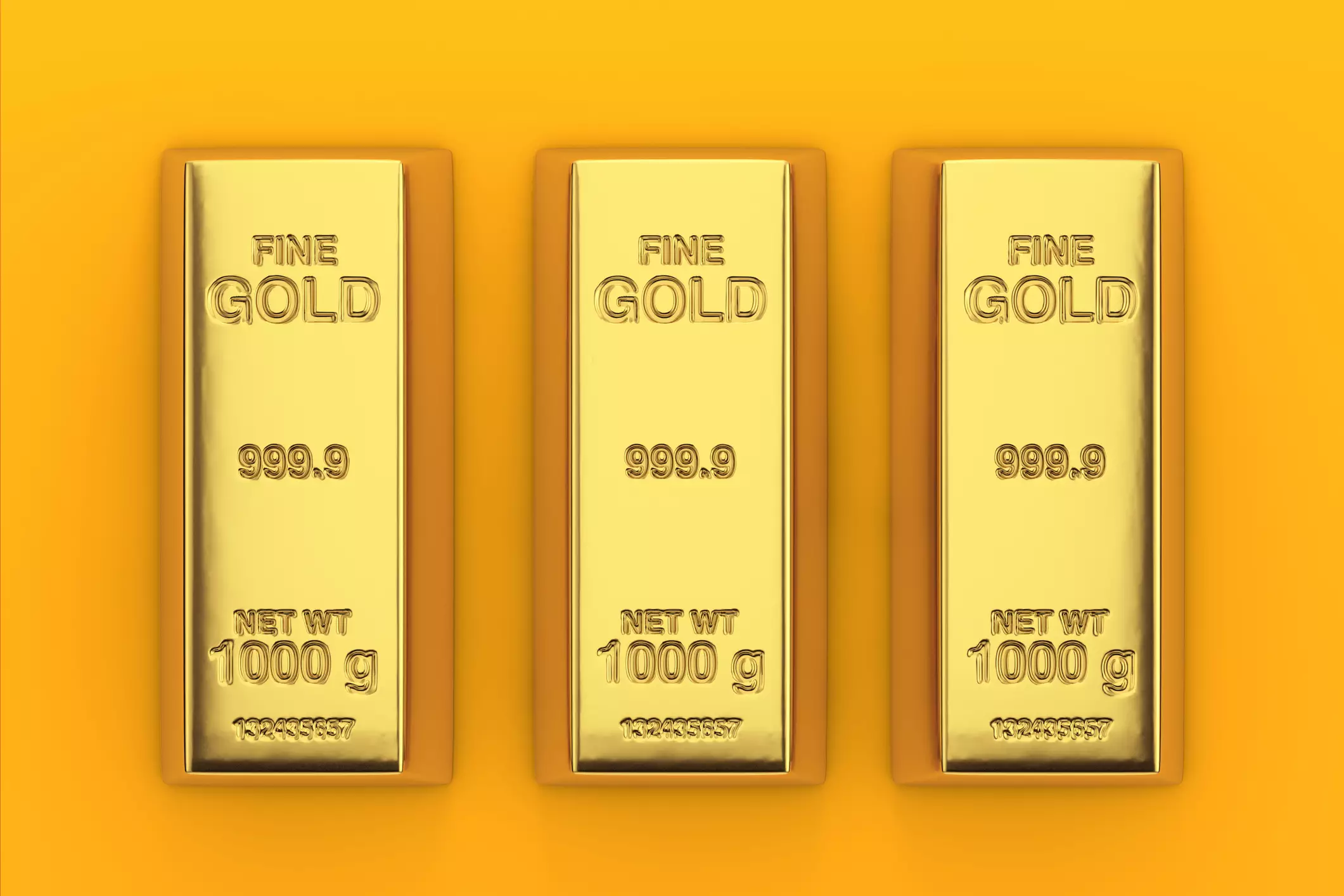In a notable shift in the commodities market, gold prices have exhibited substantial growth, culminating in a record high above $2572 per troy ounce. This surge, observed on a Friday following three weeks of relatively stable trading, indicates a significant upward momentum. The rise in gold prices represents not just a short-lived leap but a considerable increase of nearly 3% within the week and an impressive 25% year-to-date, outperforming both major stock indices and other base metals, which have faced a downward trend.
From a technical standpoint, the recent price movement can be understood through the lens of chart patterns. The occurrence of a rising bullish wedge—a pattern frequently associated with price consolidation followed by a breakout—was pivotal in motivating the subsequent increase. As prices overcame the upper boundary of this wedge, it reaffirmed a long-term bullish sentiment that has been developing since April. This consistent upward bias suggests that the recent $2572 milestone may not be the pinnacle but rather a stepping stone towards even higher valuations, potentially reaching around $2660, based on current momentum.
This bullish scenario, however, is not without caution. Rapid price increases can trigger stop-loss orders, which may lead to an exacerbated spike in volatility, inviting profit-taking from traders who may anticipate the periodic corrections. Therefore, while the immediate outlook favors further upside, the presence of sellers aimed at capitalizing on such movements could introduce downward pressure in the short term.
In evaluating the performance of gold relative to other commodities and stock markets, it becomes apparent that gold is attracting considerable interest amidst a general decline in base metals. The distinctive behavior of gold during periods of market correction often positions it as a safe haven for investors. This appeal is compounded by macroeconomic factors, including declining bond interest rates and geopolitical uncertainties, both of which tend to elevate gold’s status in the investment community.
The recent trends within the Eurozone further enhance gold’s attractiveness. After a phase of bouncing against resistance around 2300 euros per ounce from April to August, gold recently crossed this threshold, suggesting that its upward trajectory may have only just begun. Given the cyclicality of market dynamics, ongoing investor interest in gold seems likely as inflationary pressures continue to exert influence over asset stability.
Anticipating Federal Reserve Actions
A critical component of the current gold market analysis lies in the upcoming decisions by the Federal Reserve (Fed). Investors are bracing for possible rate cuts, which historically have bolstered gold prices as lower interest rates diminish the opportunity cost of holding non-yielding assets. However, there exists a parallel to 2015, where speculation ahead of a Fed rate hike led to a protracted decline in gold prices, culminating on the very day the rate increase occurred. This historical precedent showcases the potential for profit-taking and market shifts if the Fed’s actions do not align with market expectations.
Additionally, if the Fed demonstrates a reluctance to adopt a more dovish stance, markets might respond negatively, leading to increased volatility in gold prices. This unpredictability underscores the delicate balance investors must navigate between potential profit and market corrections.
The recent rally in gold prices showcases a complex interplay of technical chart patterns and broader economic indicators. While the immediate momentum suggests potential for further appreciation, the specter of profit-taking and external economic influences, particularly movements by the Federal Reserve, underscore the necessity for cautious optimism among investors. As market dynamics continue to evolve, staying informed and prepared for volatility will be essential for participants in the gold market, ensuring they can effectively navigate the fluctuations ahead.

